Death of a Wish Uses Less To Push More Spectacle Fighter Boundaries
AAA genre on an indie budget

In Death of a Wish, the main character, Christian, fights nightmares and occult soldiers using holy-powered slashes and elemental spells, all while fighting alongside adorable diabolical companions. He can also move to light sources at hyper speed as a mobility option.
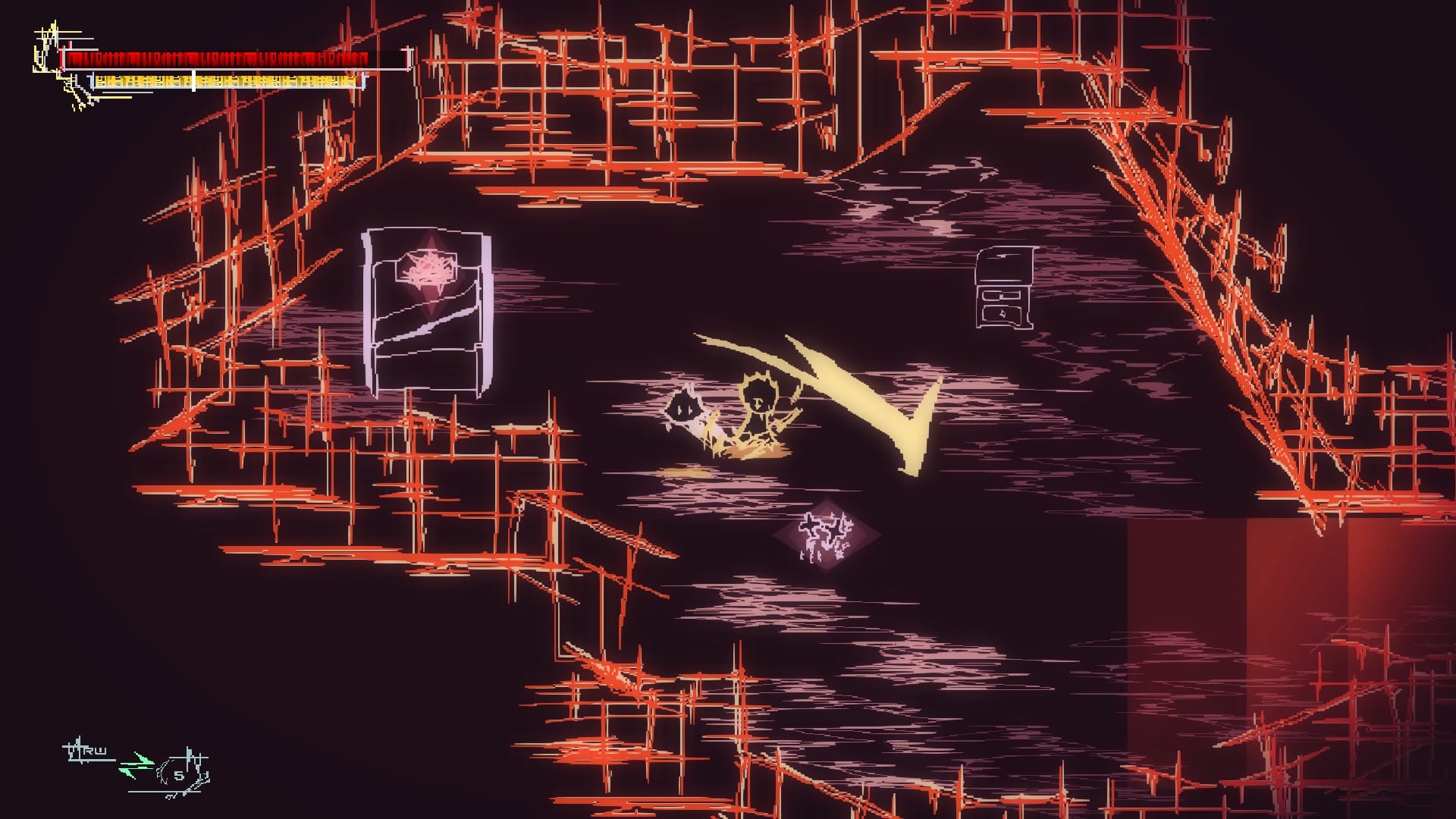
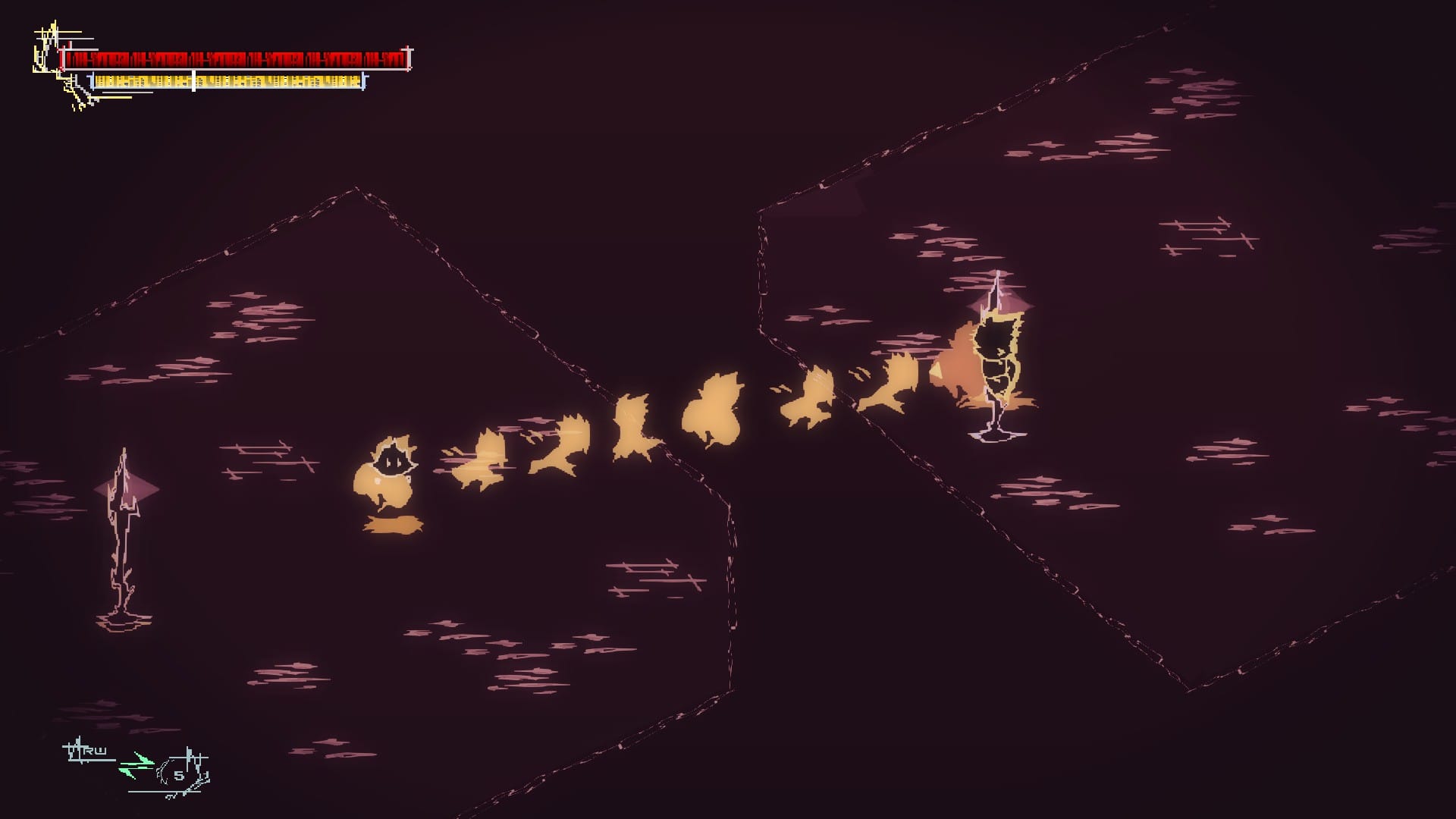
Death of a Wish. Source: Author
This variety of mechanics is what you would expect from the spectacle fighter genre, where the character pulls off multiple stylish tricks in combat. The most prominent examples of this type of game are the Devil May Cry, Bayonetta, and the God of War series. All three franchises boast big "AAA" game development budgets and high-fidelity 3D graphic styles.
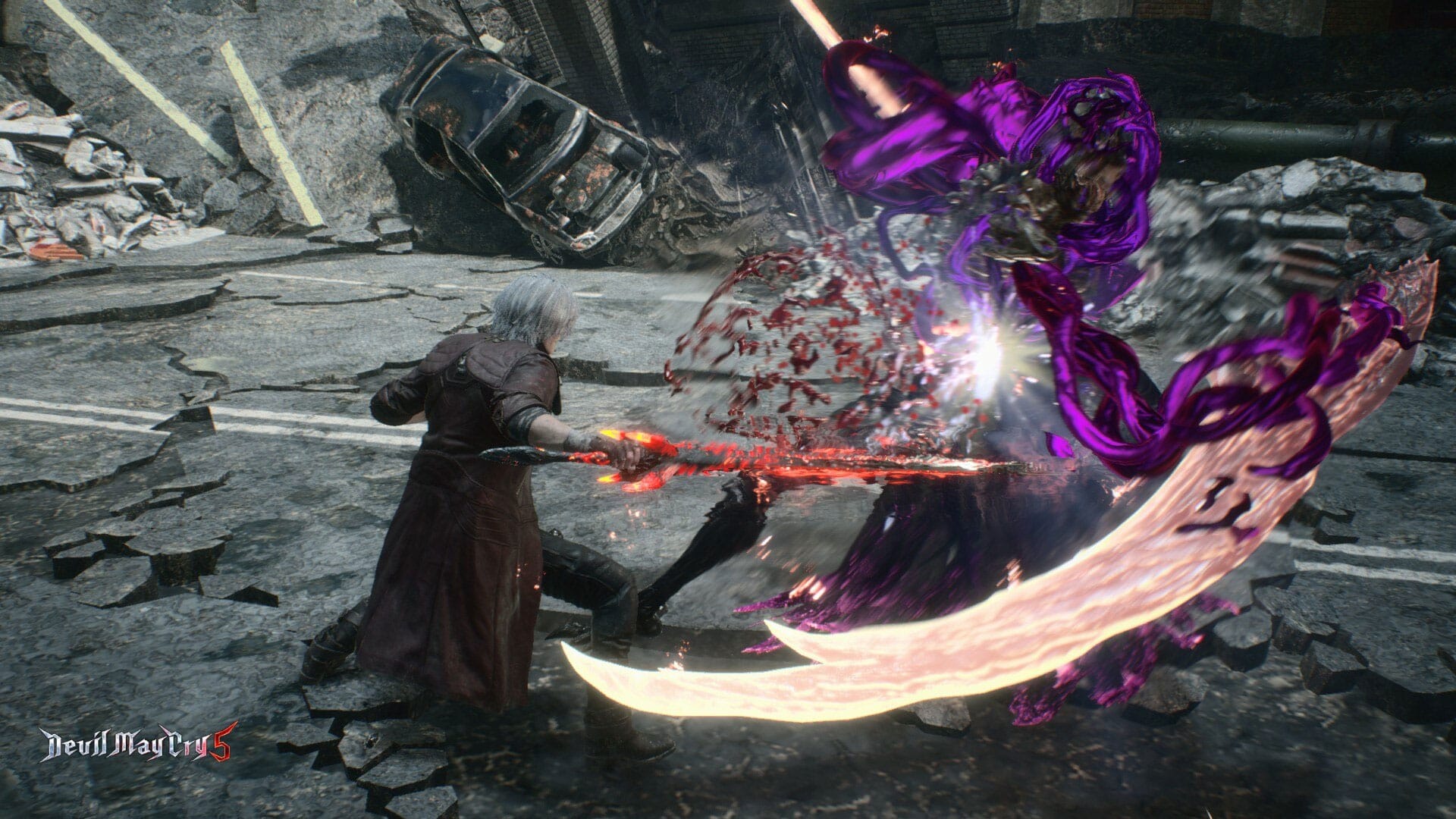
Death of a Wish, however, is an indie spectacle fighter title where the art style is akin to a Calvin and Hobbes comic strip, but more simplistic, dark, and abstract. These visuals allow the game to feature many more mechanics and places to explore than one might expect within a game file that takes up a mere 1.82 gigs of space on your system (for the Steam version, at least). The game is also available on the Nintendo eShop, where it reportedly takes up even less space.
The mood of the game's story is similar to its art style, with glimmers of perseverance and cynical humor from allies you meet. Christian, a former member of the religious cult Neo Sanctum, is on a quest for vengeance against the corrupt regime.
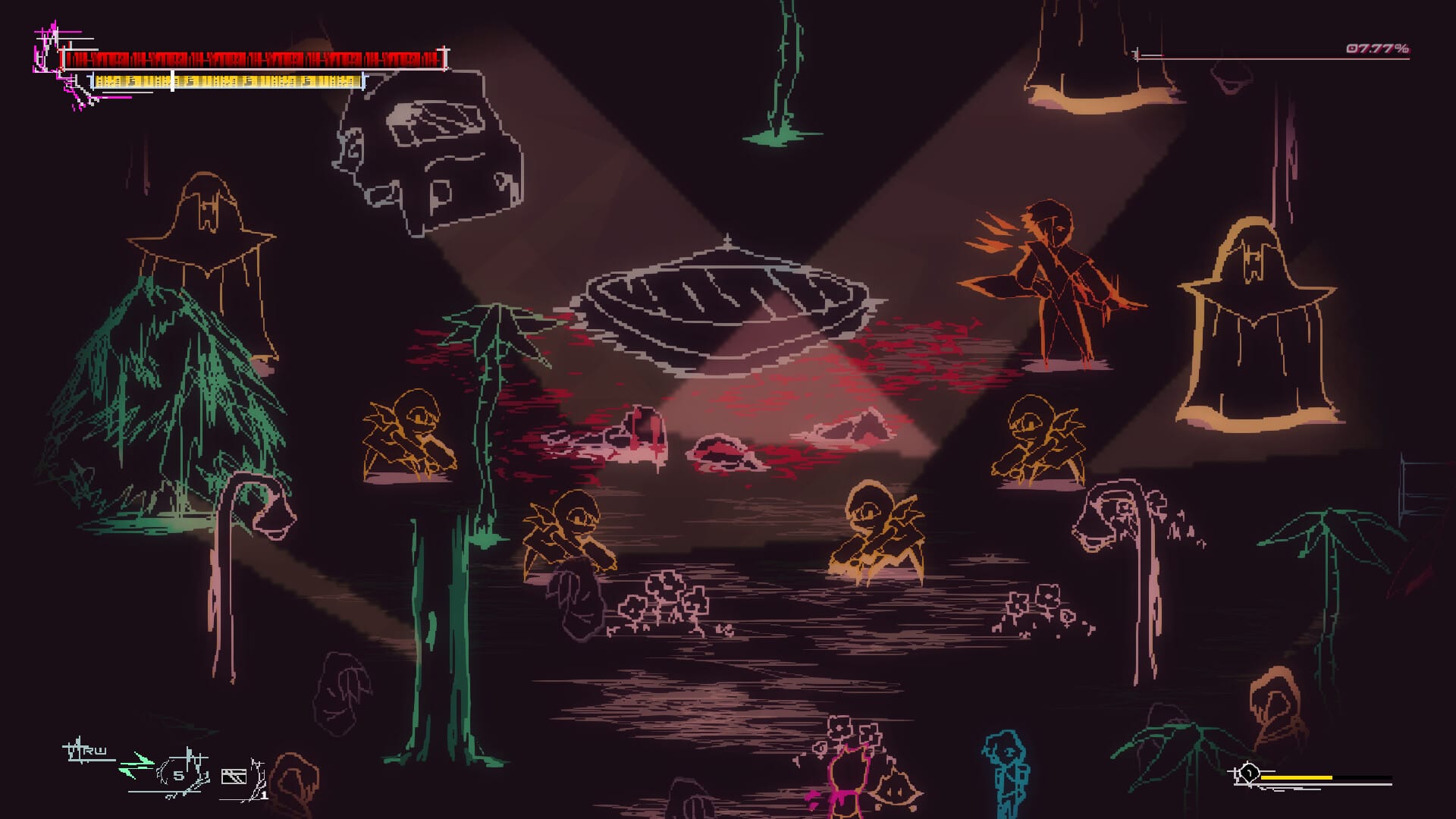
Again, the story is very dark. The developer melessthanthree is transparent about the amount of sensitive content on the game's Steam page. Overall, Death of a Wish covers way more emotional themes with its art style and mechanics than it does with vehicles.
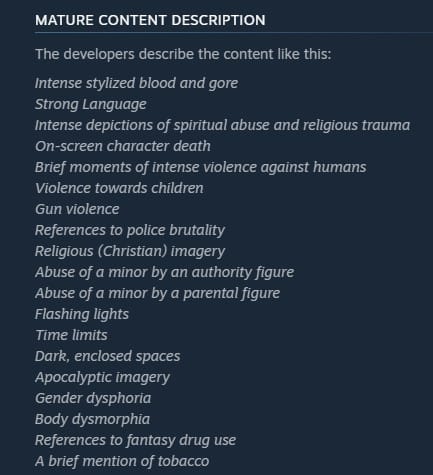
The environments look bleak and post-apocalyptic, drawn with rigid line art. Small scribbles are scattered on the ground for texture. Trashed cars are piled up in local areas surrounding trees and street lights. An important railroad system gives off a cozy light. You even traverse through abandoned offices, apartment buildings, and rooftops. Bright colors are used to highlight the ironically adorable characters of Christian and his allies. The game utilizes refreshing choices of music genres. Artist Nicolo Telesca composes down-tempo shoegaze and drum n' bass sprinkled with dreary MIDI organ keys, which are all fitting for the game's modern/lo-fi aesthetic.
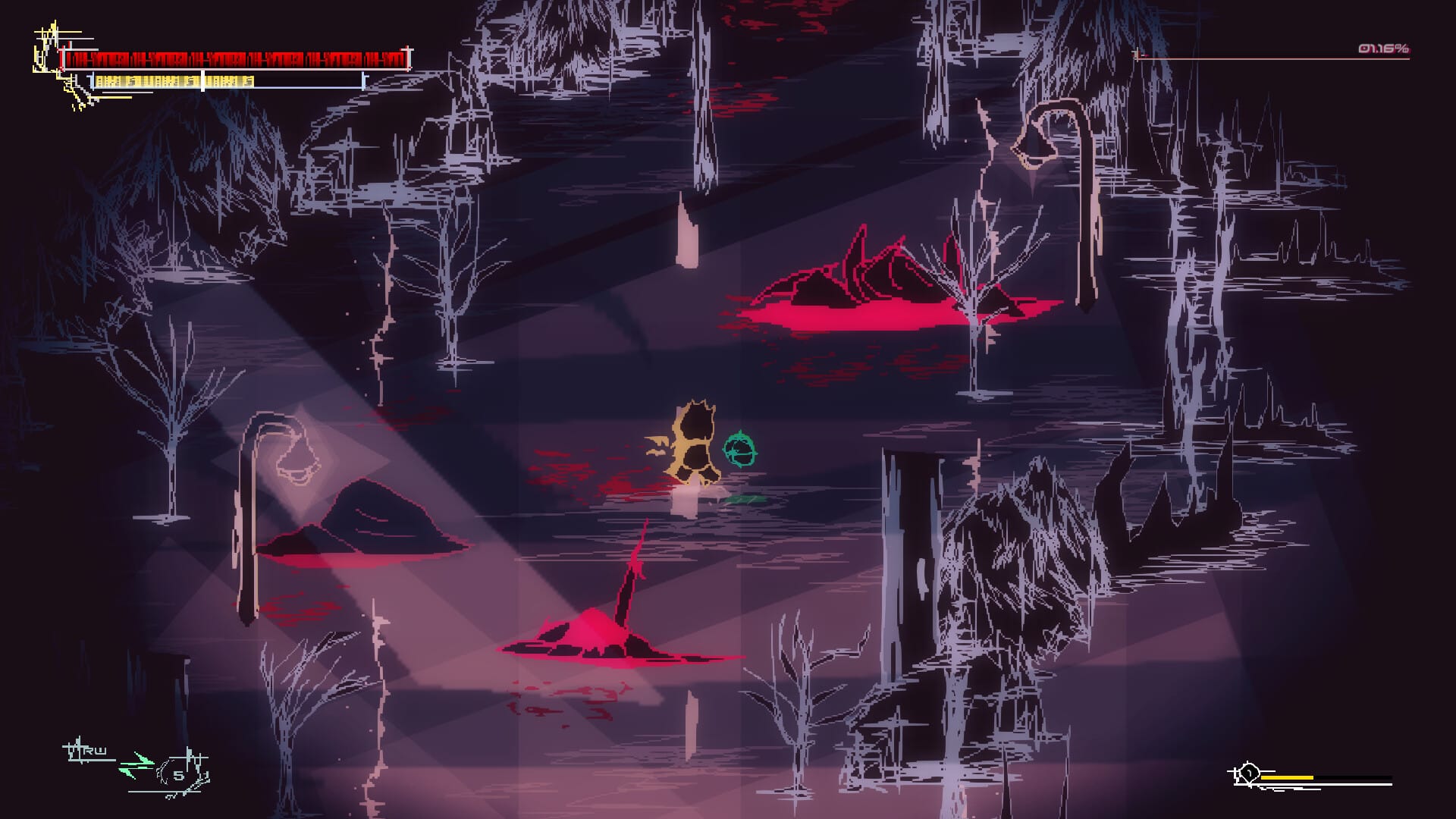
Of course, the game wouldn't be a spectacle fighter without multiple combat options to discover and switch through in real time. Death of a Wish is filled to the brim with these, and action RPG mechanics are also featured for progression. Christian uses weapons called Arias for primary attacks, each with different elements that are strong against certain monsters. Arias can also be equipped as magic spells along with your primary weapon, and some can combine with others to create mixed slashes. Christian can find pets that attack with special abilities as well, including lasers, bomb explosions, and shotgun blasts. All of the offensive weapons scale off of stats you can raise from leveling up. Spells and pet attacks drain points from your charge meter, which can also be leveled up.
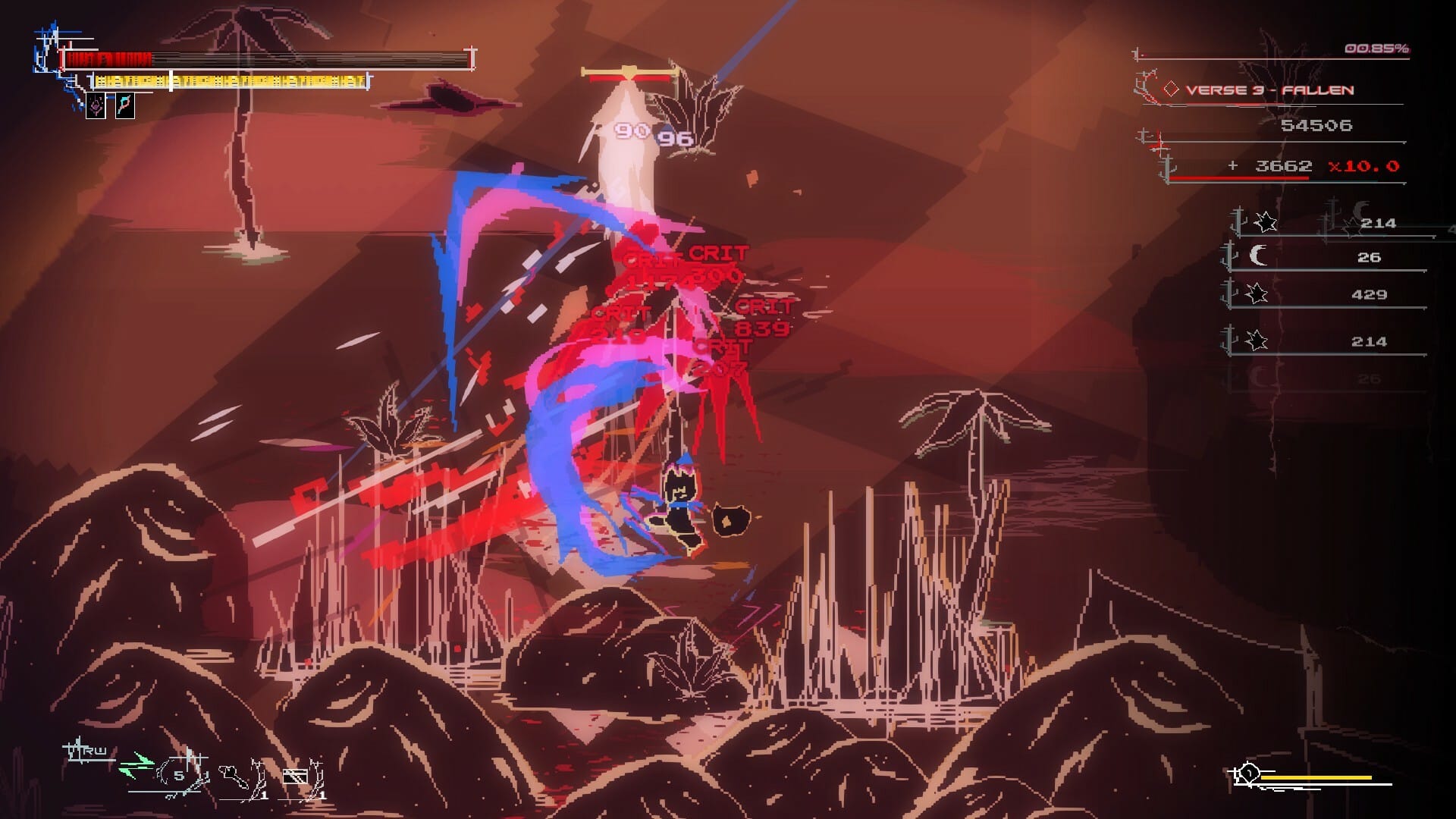
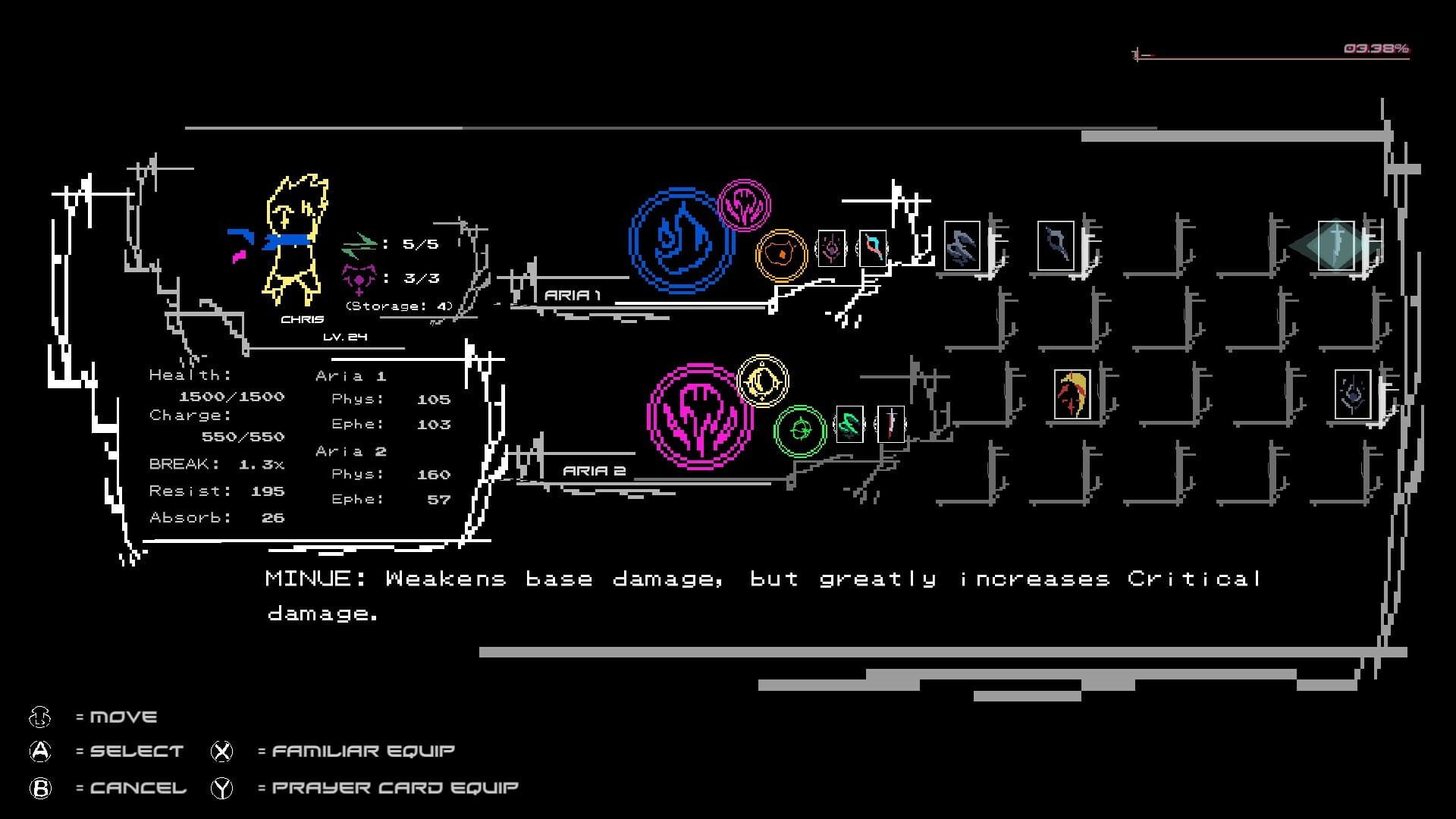
Source: Steam
That's not even the end of the equipment you can find to change how Christian fights. Prayer cards can be equipped to give the player special passives like increasing the speed of special attack charges or the range of Aria attacks. Virtues directly affect how your fighting style as well, including temporarily increased power after taunting enemies, and healing effects after defensive mechanics are executed.
Speaking of defensive options, why have one option when you can have multiple? You can dodge attacks, but with the right timing, you can slow down time (witch time, basically). If you dodge toward an attacking enemy, you can parry them, damaging their shield and gaining access to their health gauge sooner. I did find that avoiding attacks was made easier by listening to the audio cues enemies make before they attack. This may make the game less accessible or more frustrating for the deaf or hard of hearing, and more options could be implemented or adjusted to make the defensive options easier to use.
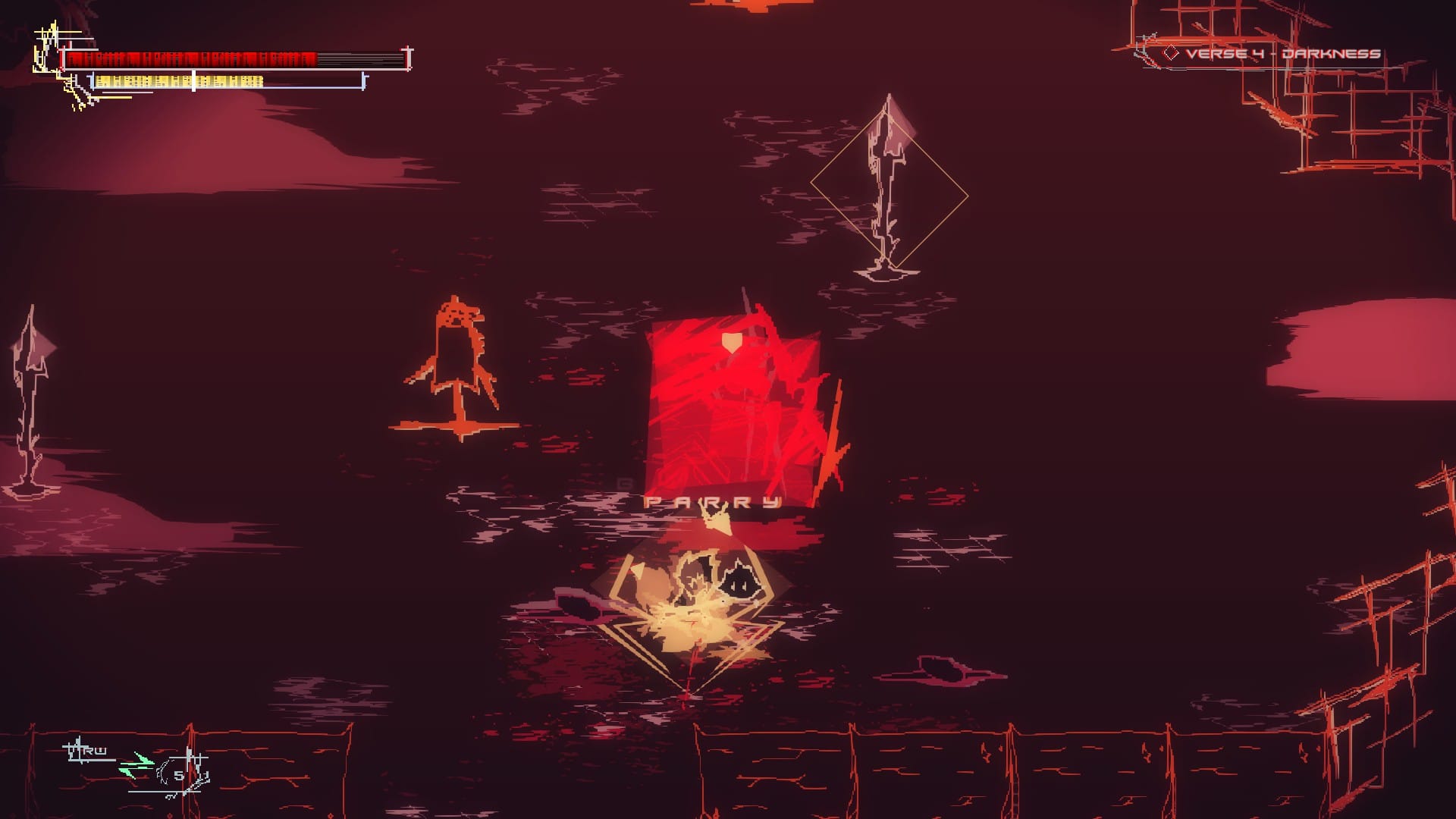
Scope is important in game development. There are only so many features you can add to an experience. Along with the usual genre staples and RPG mechanics to level up stats of your choice, there's a multitude of player expression here. Death of a Wish shows that it is possible to make a unique, fast-paced, flashy spectacle fighter without the use of a giant budget or high-fidelity graphics. It can leave room for a much more emotional story, a diverse environment, or in-depth combat. This means smaller independent developers with fewer resources can create their own interpretation of the spectacle fighter.
